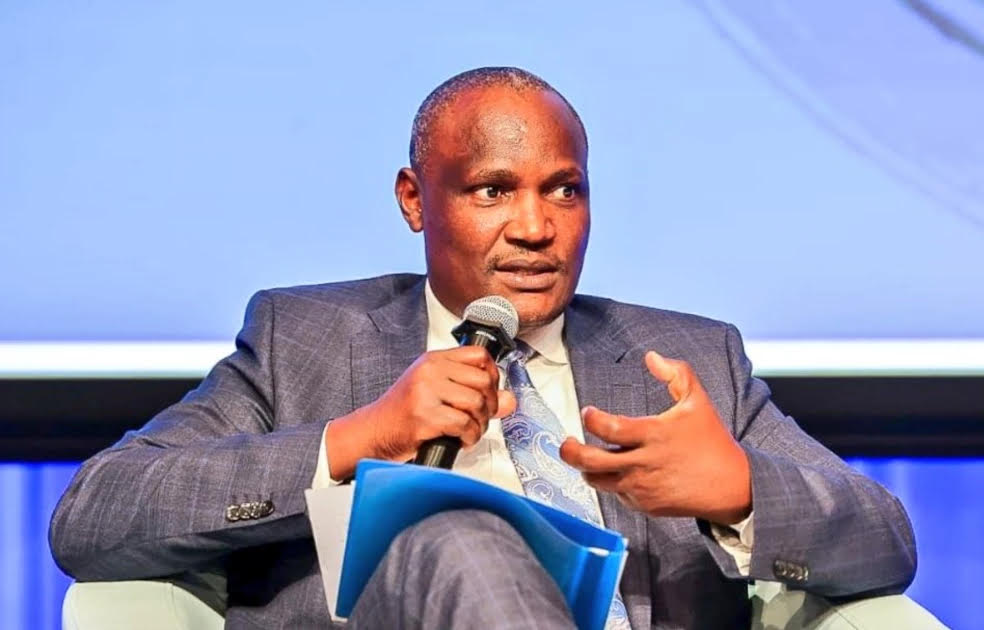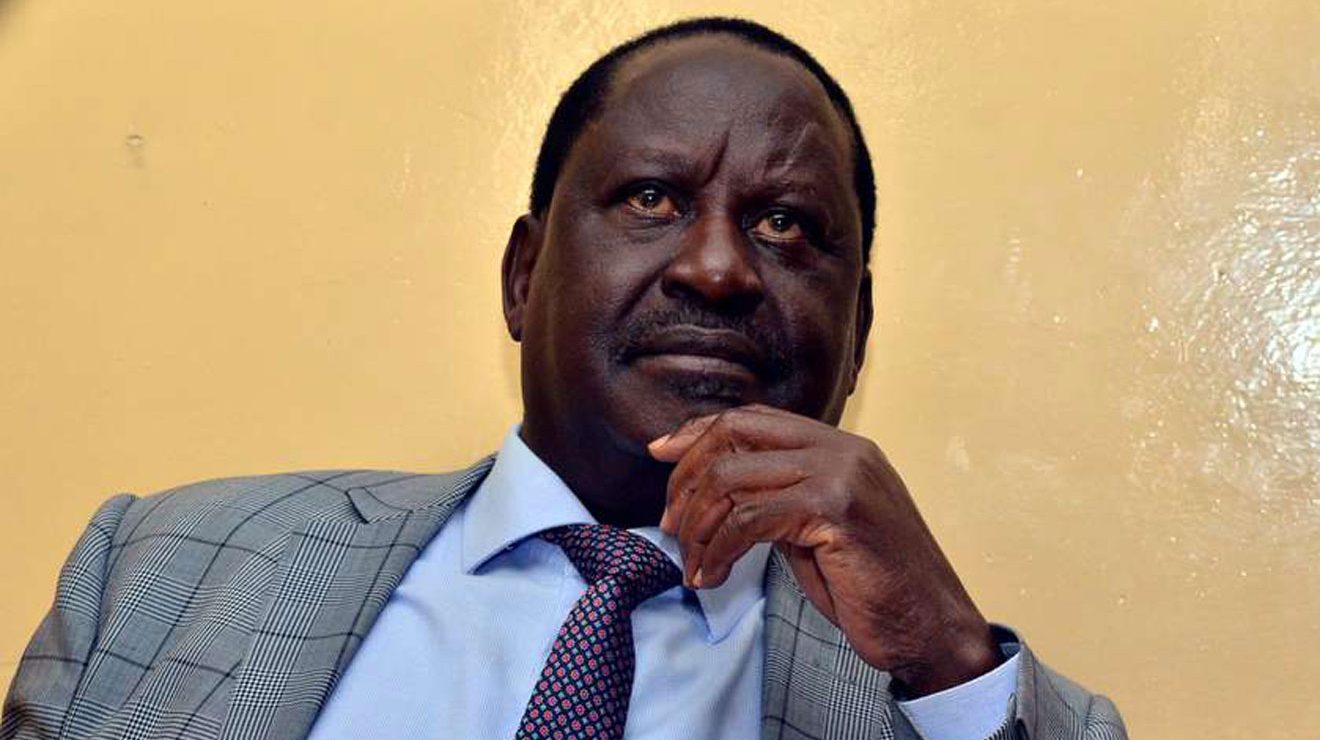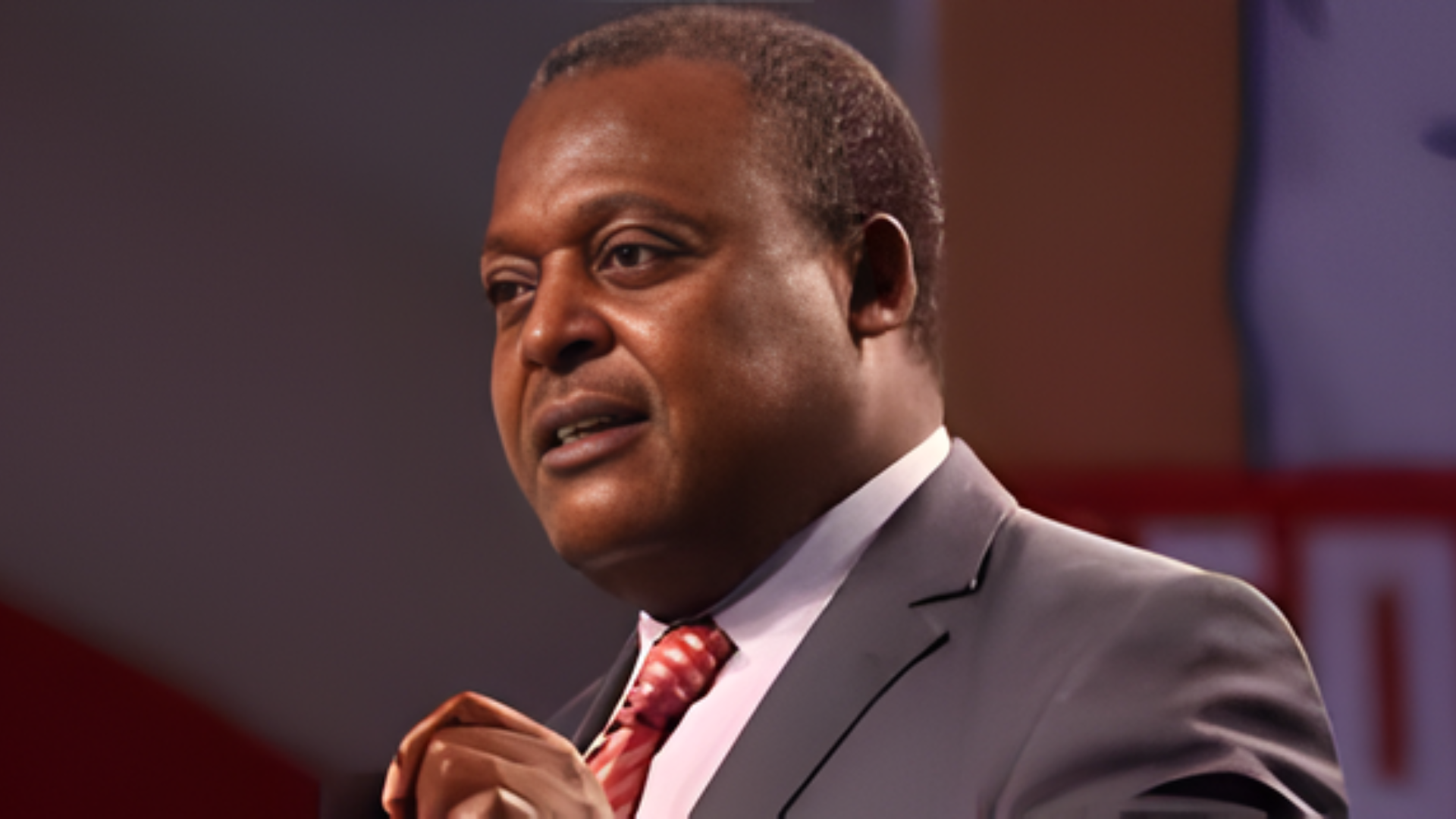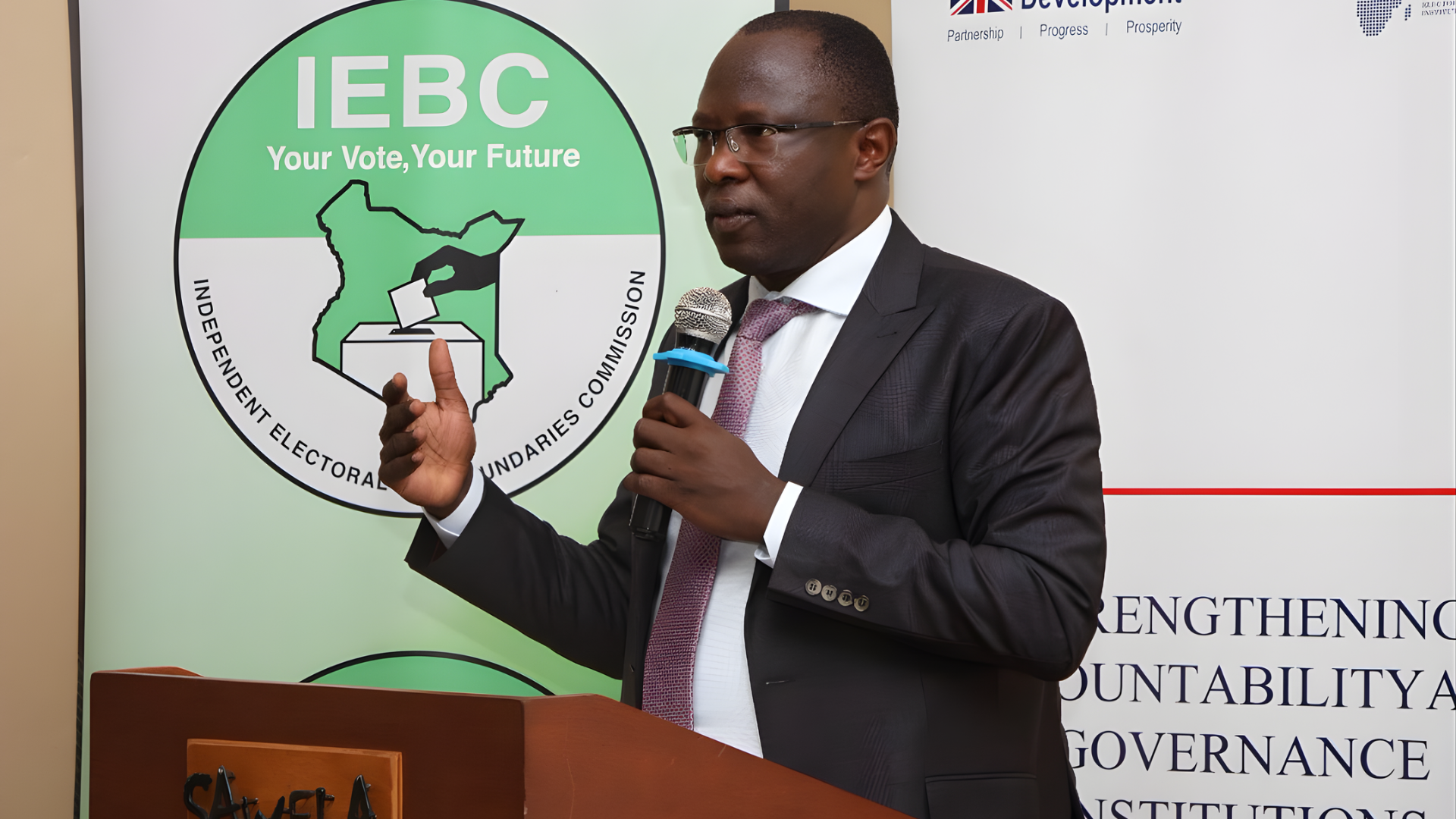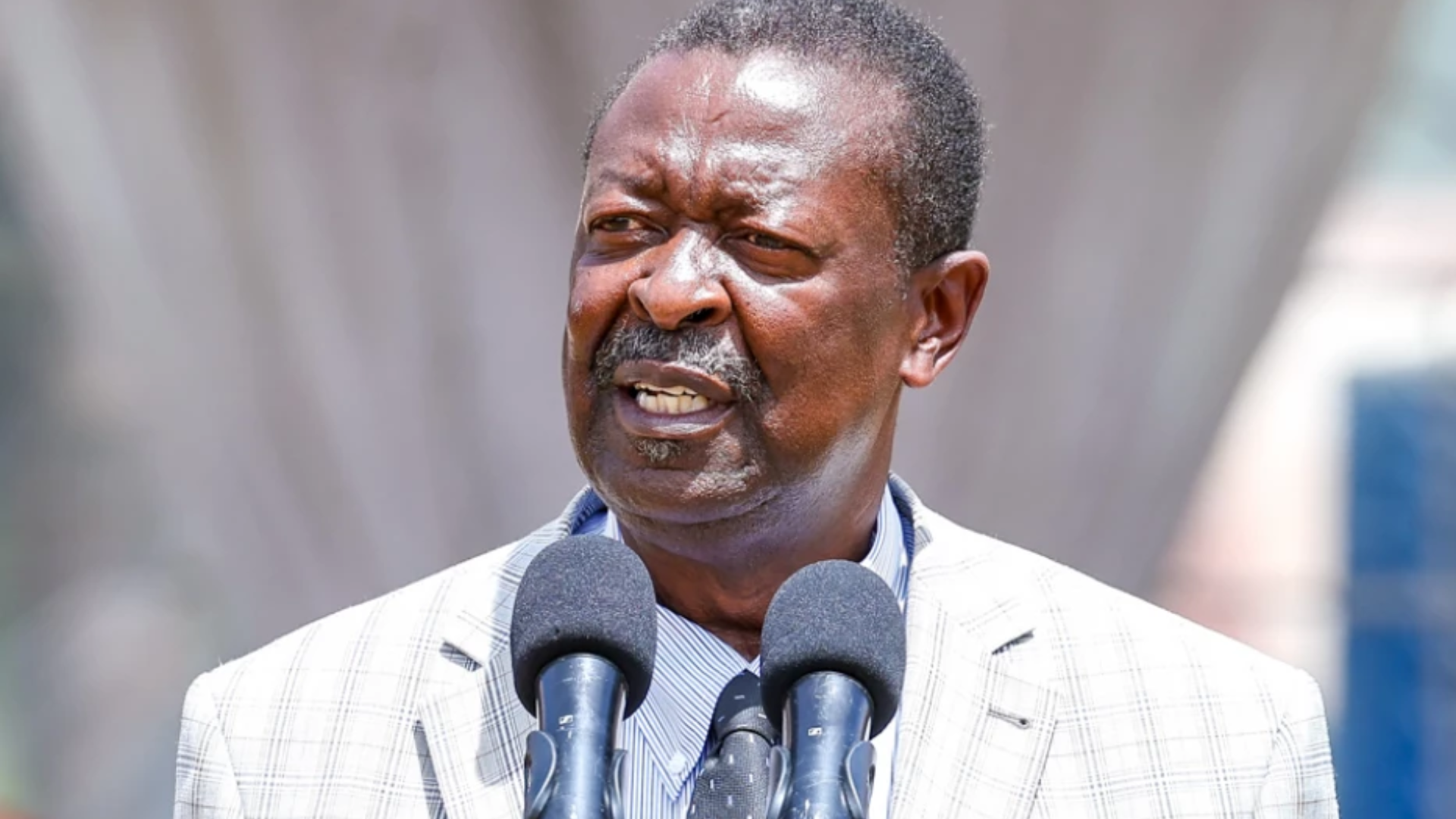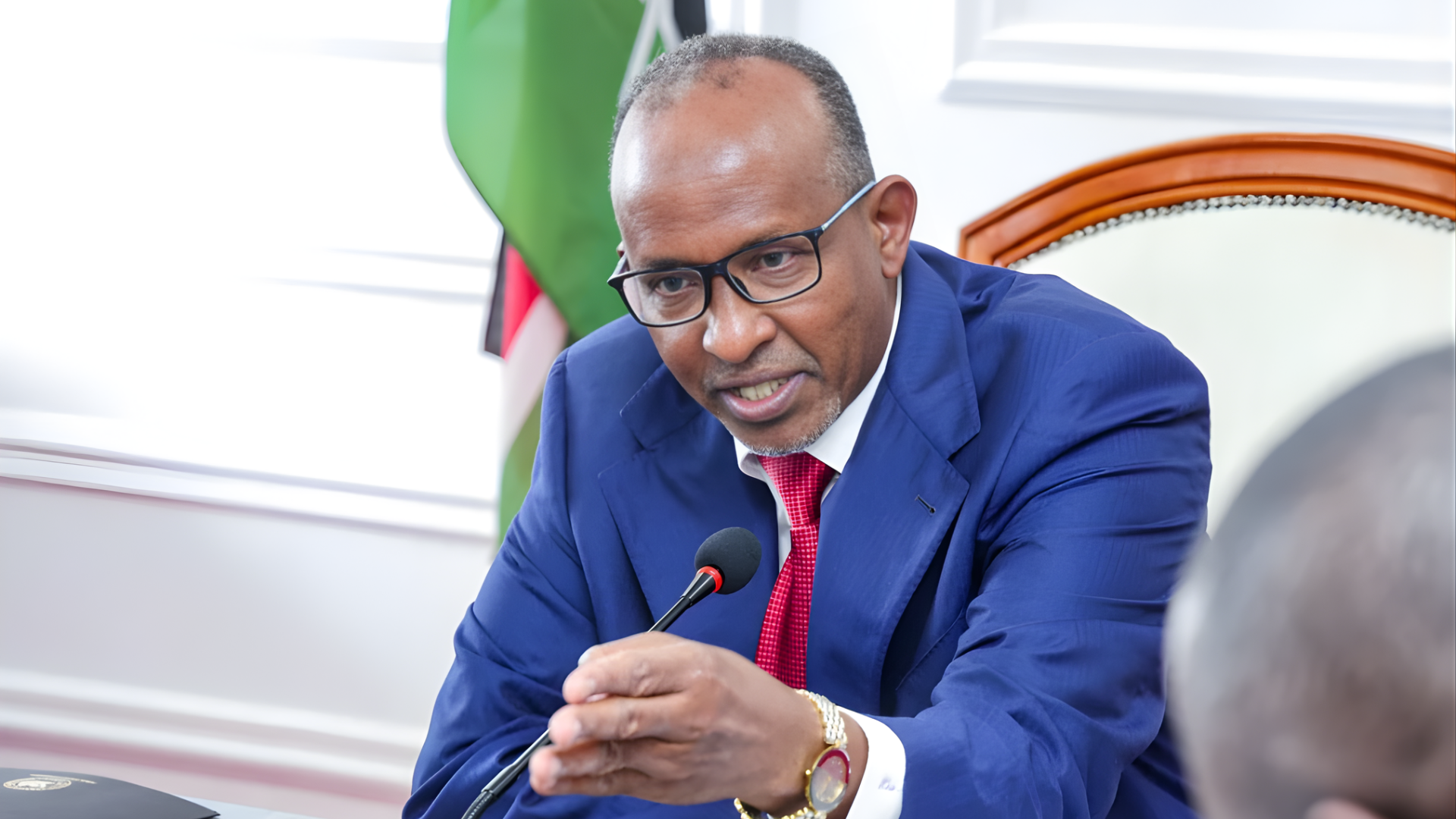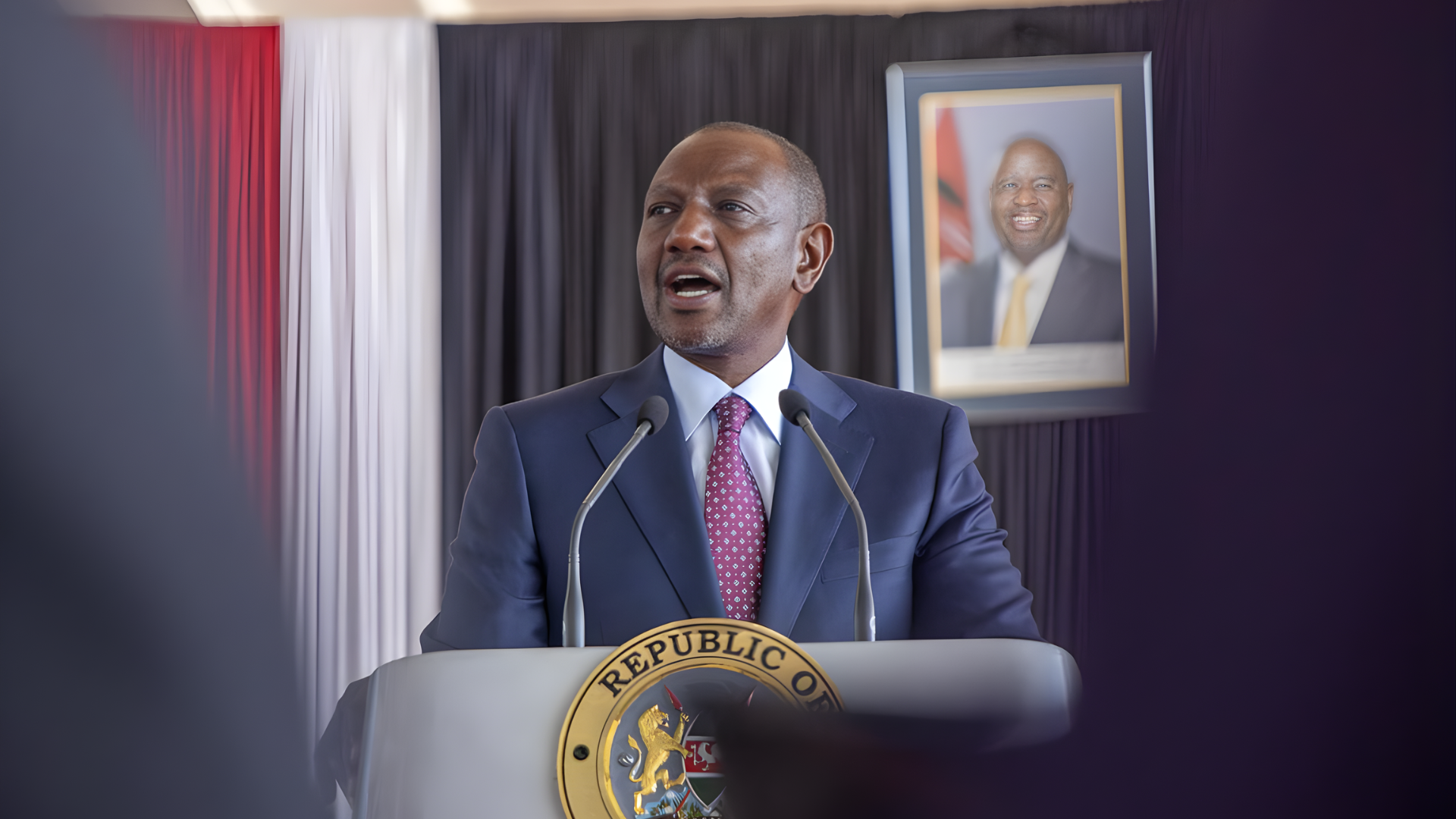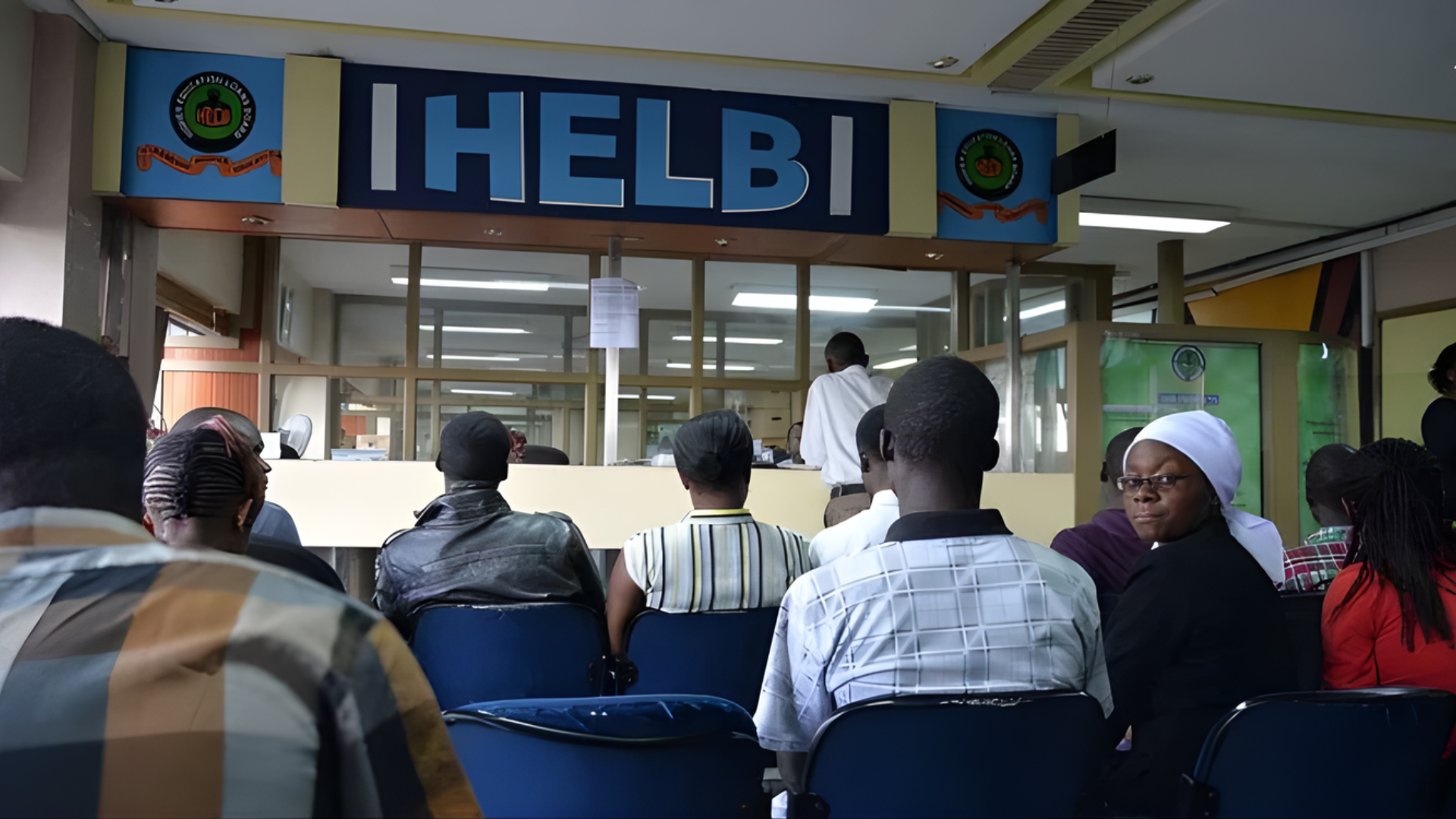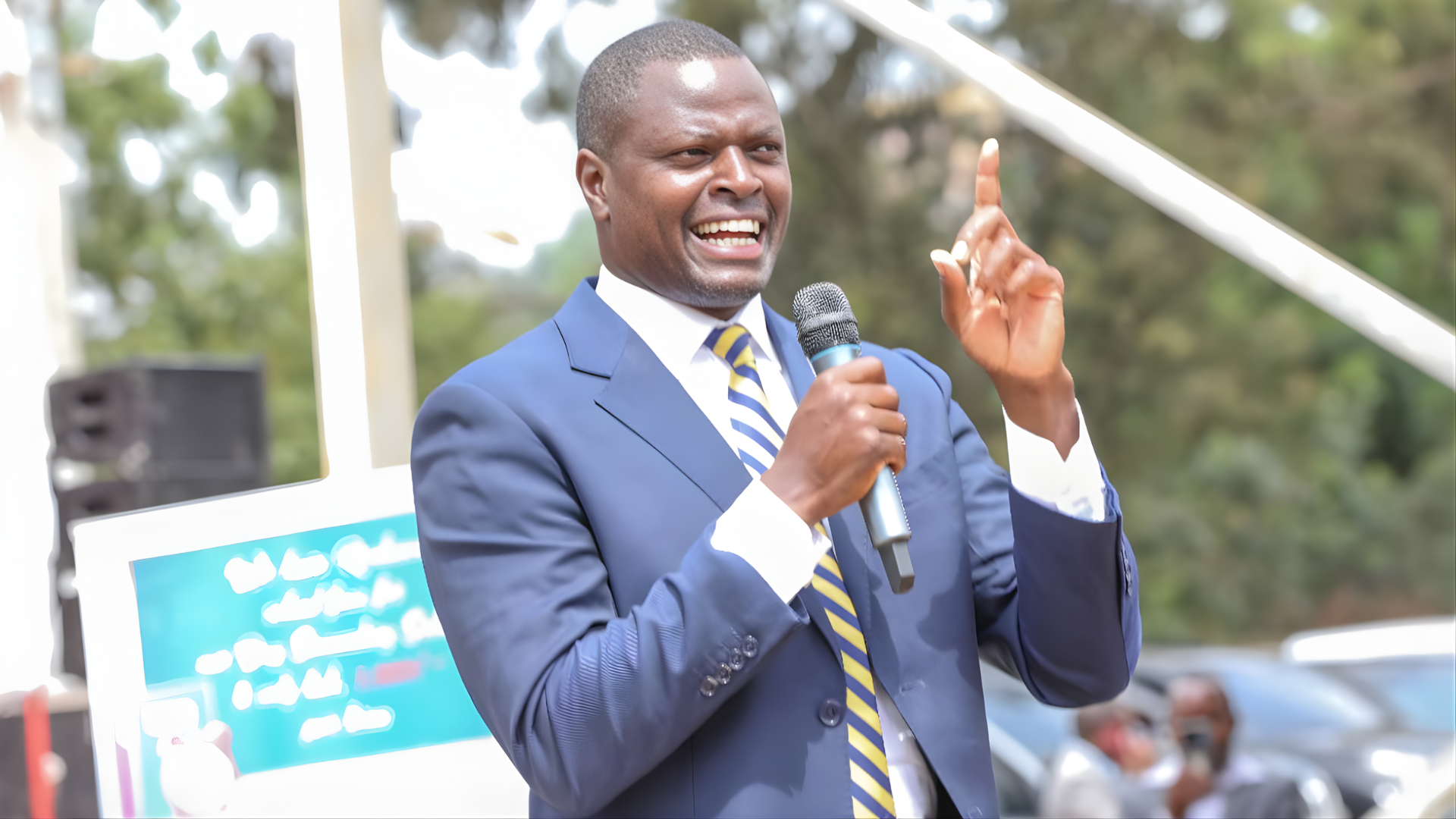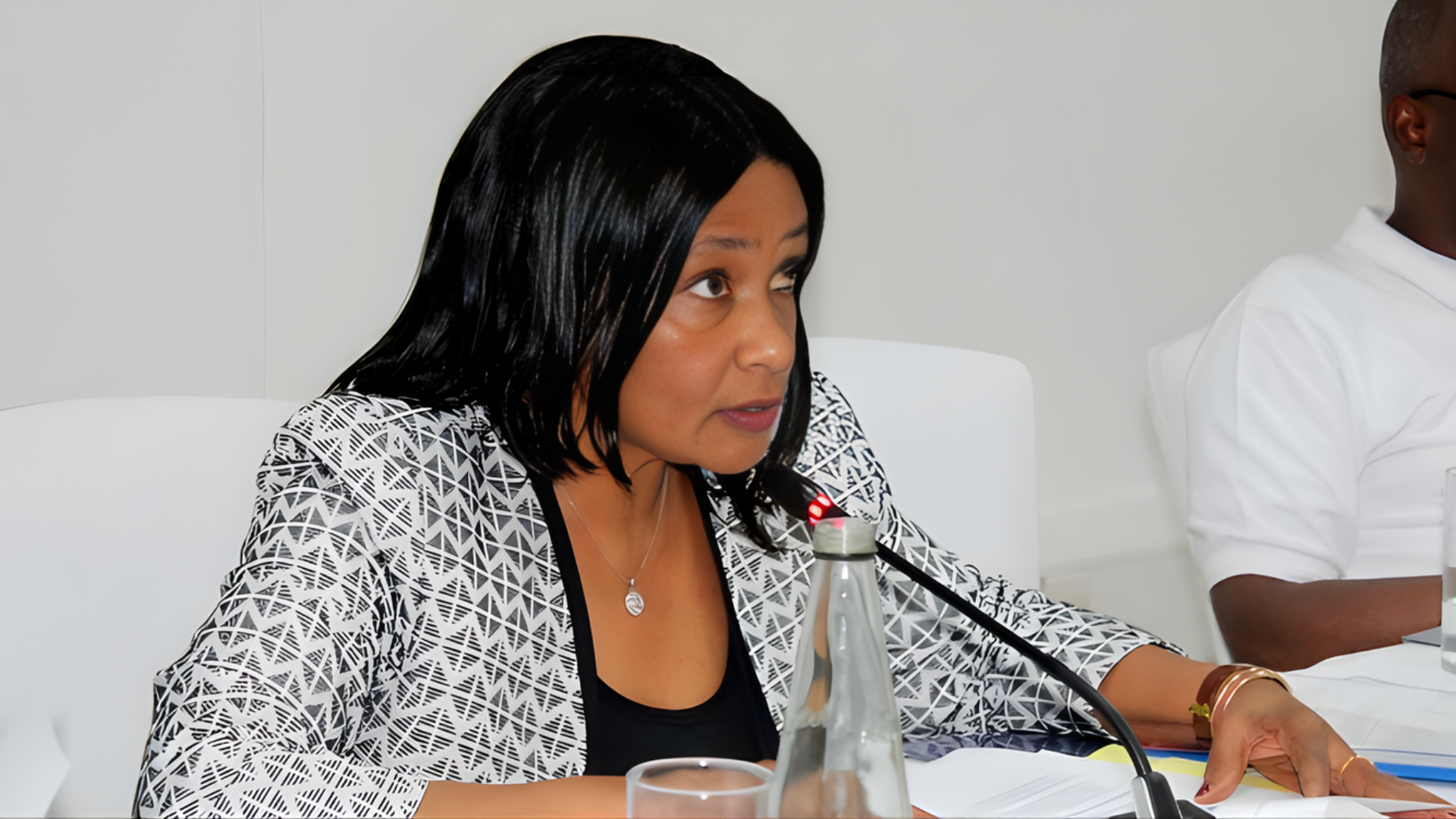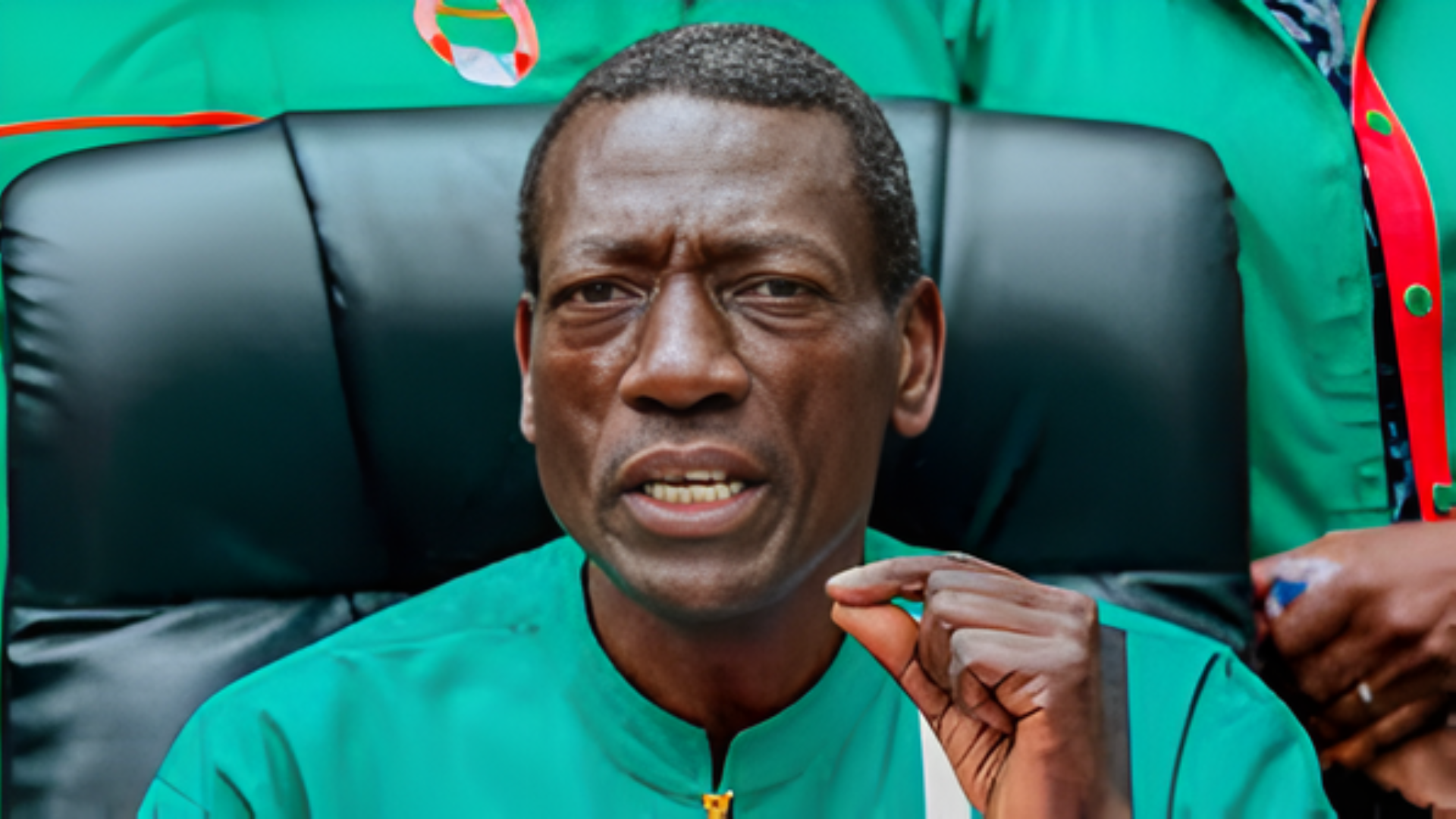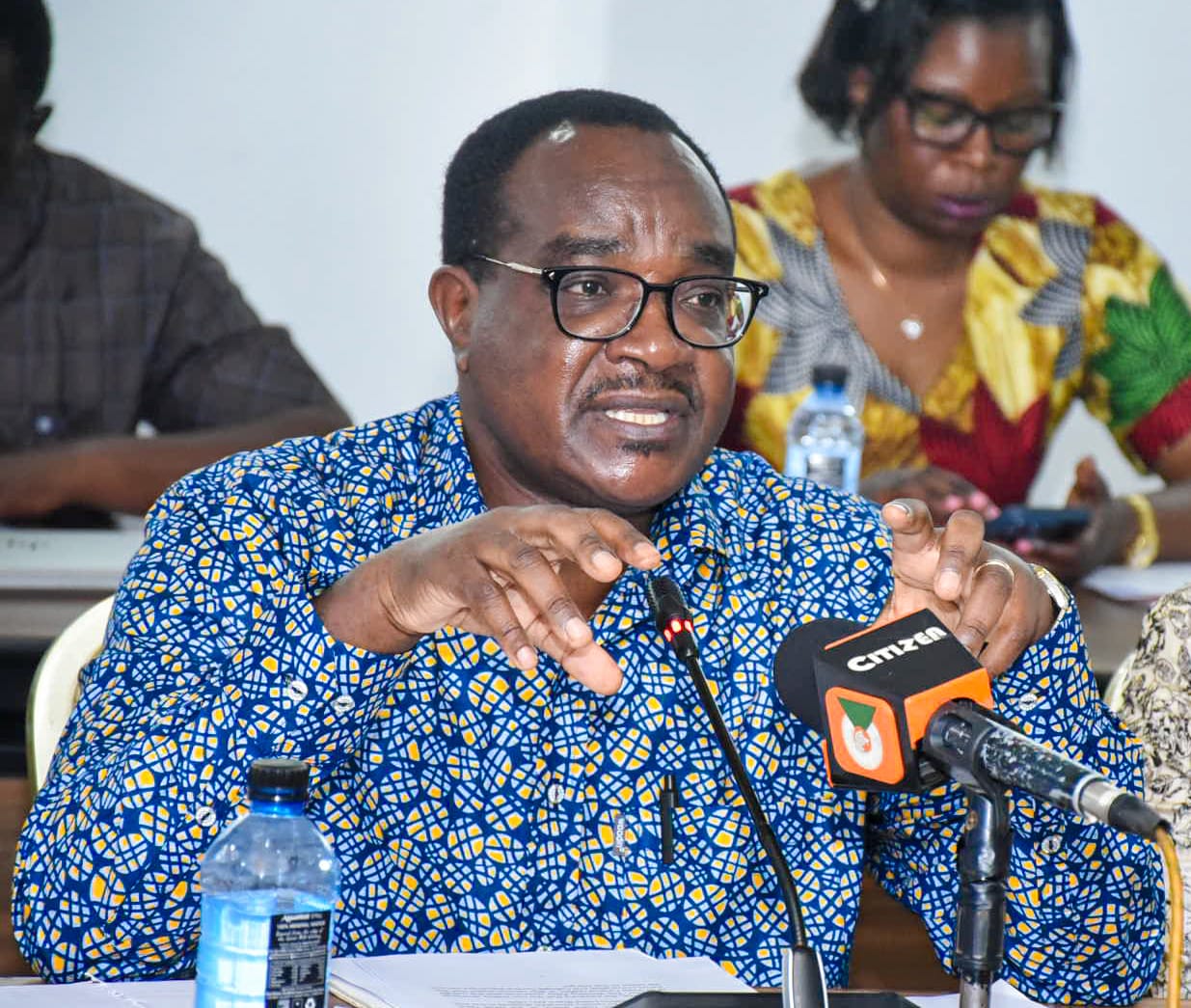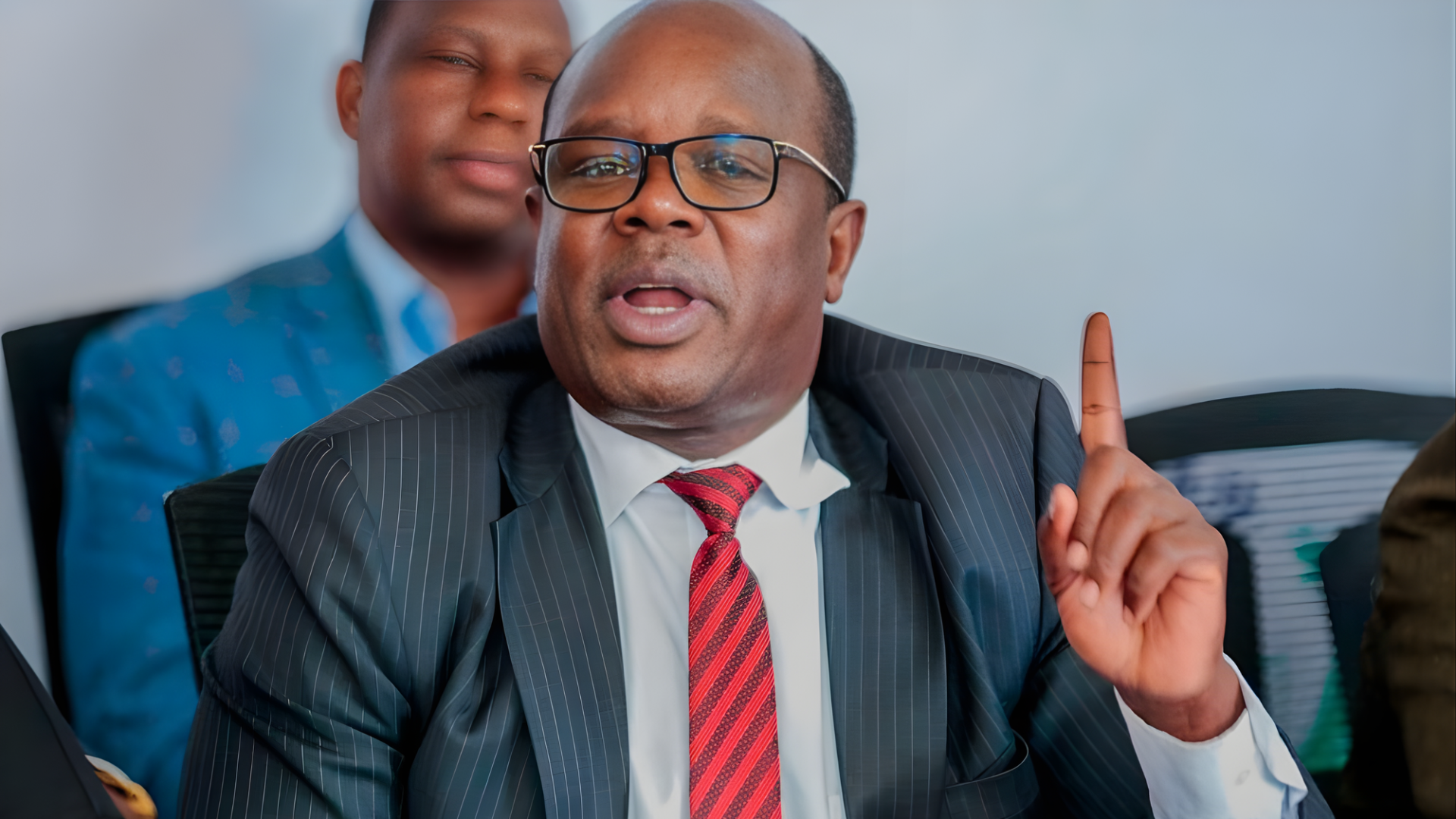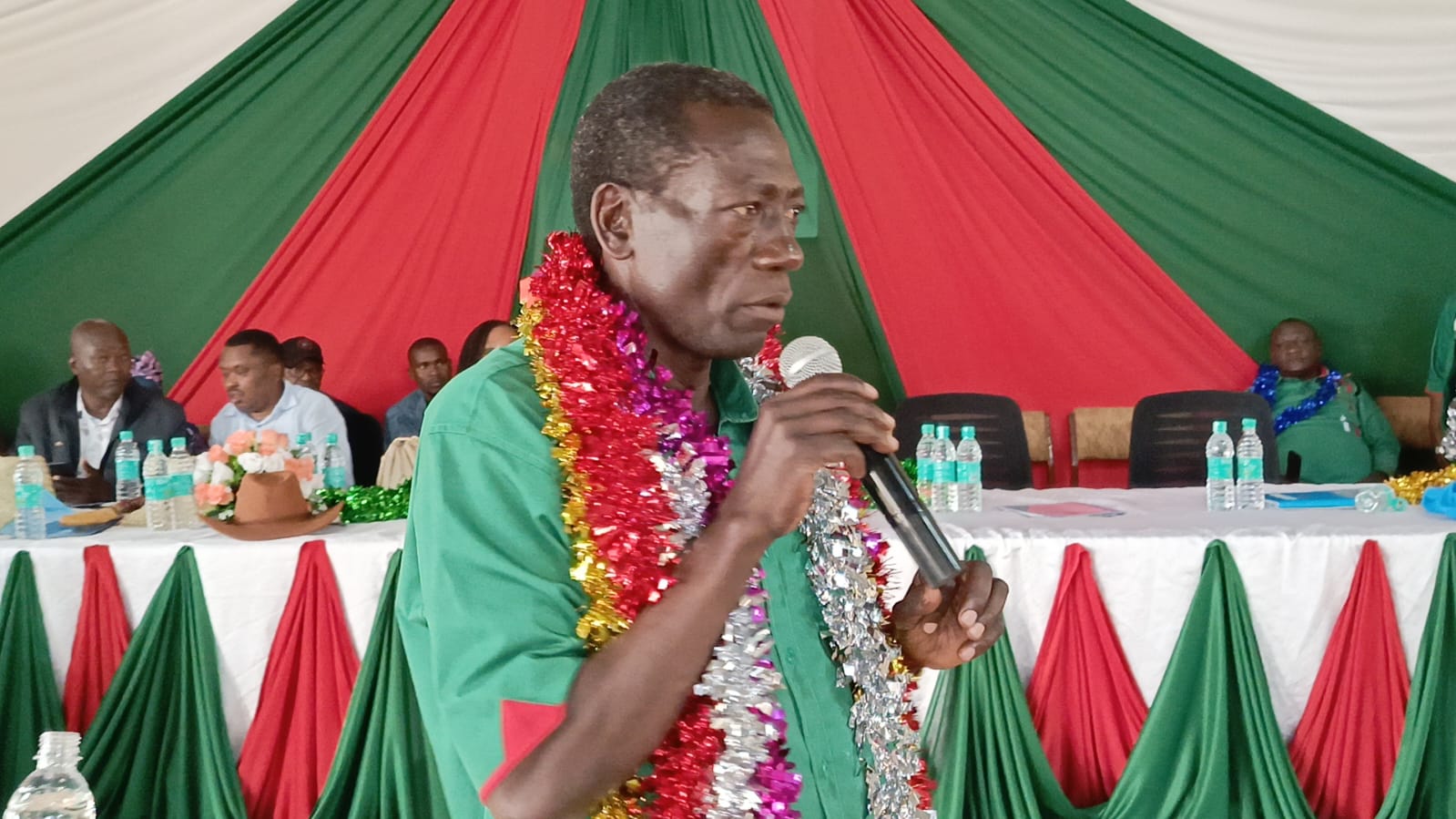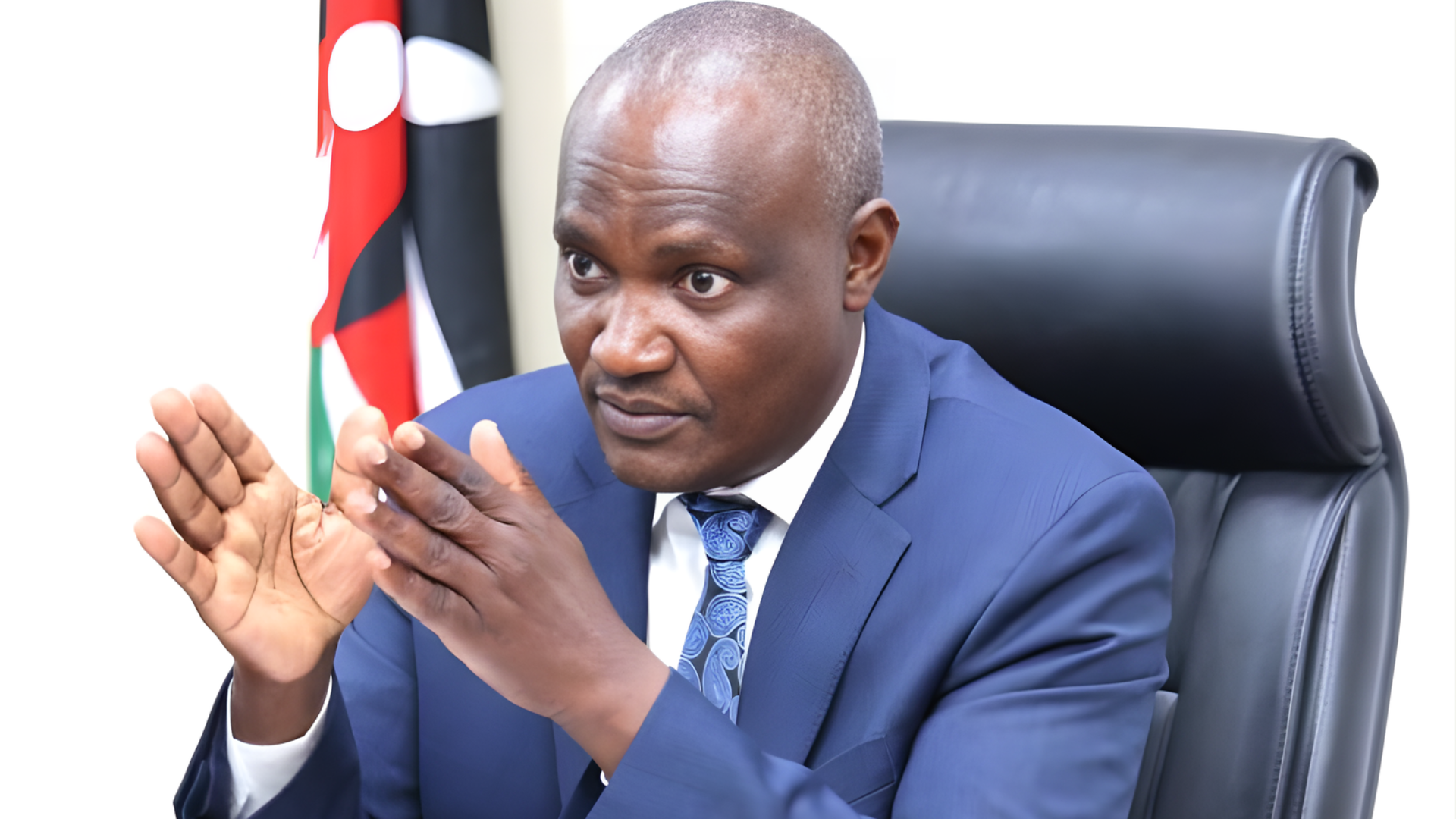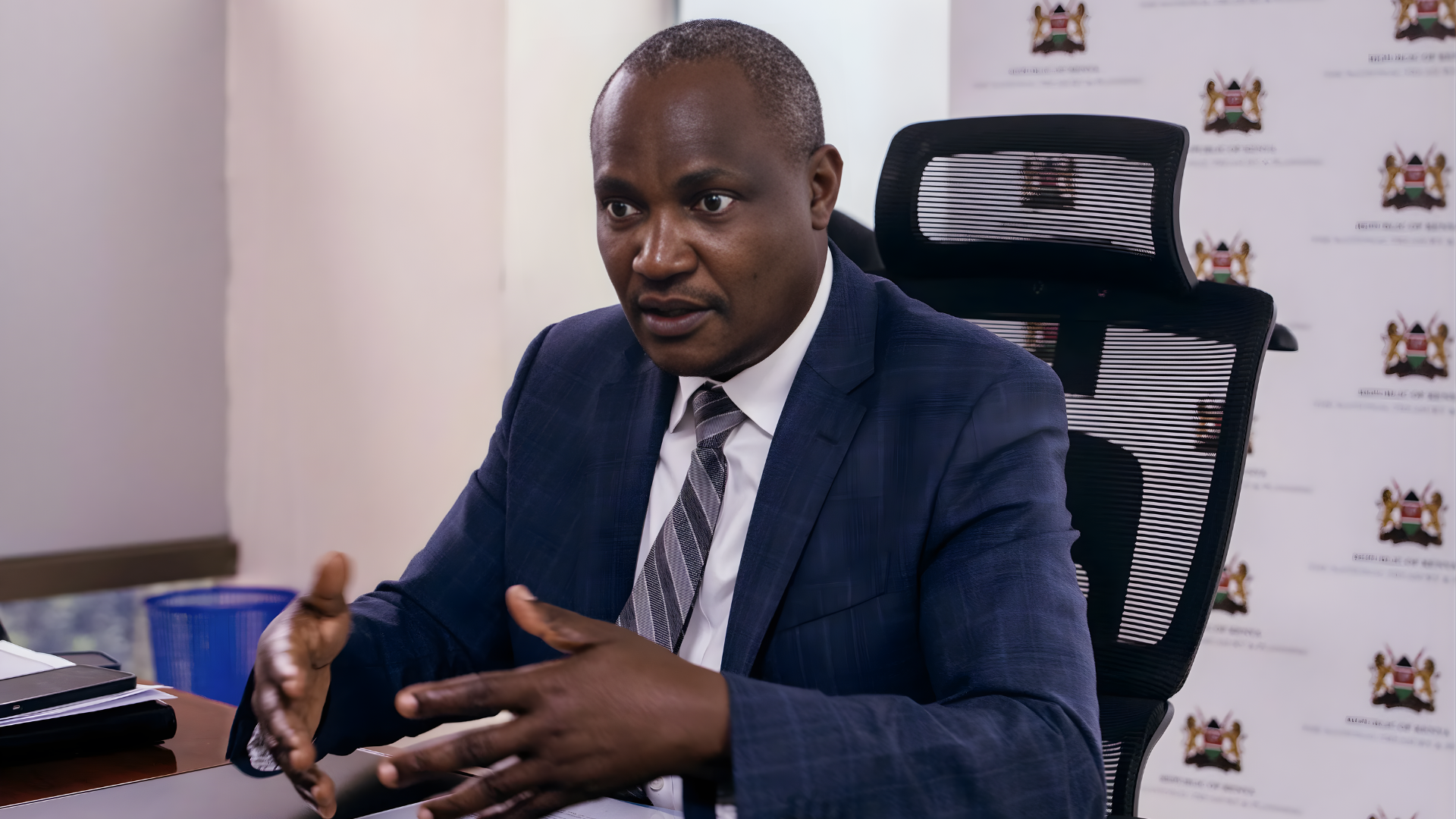Treasury Cabinet Secretary John Mbadi has assured Kenyans that the country’s cost of living is easing, citing falling inflation and lower prices of basic commodities as evidence of progress.
Speaking in Nairobi on Monday during the official launch of the 2026/27 budget-making process, Mbadi dismissed claims that the recent decline in inflation was a result of technical adjustments in economic reporting. He insisted the trend was genuine and already being felt in household budgets across the country.
“Remember that in 2022, we had inflation rates at unimaginable percentages, 9.6%. Now it has come down to 4.1. To me, clearly, that also reflects a reduction in the cost of living,” he said.
According to the Treasury boss, government data indicates that prices of essential goods such as maize flour, fuel, and sugar have eased compared to the highs witnessed between late 2022 and early 2023. Mbadi noted that while political rhetoric has often surrounded the issue, the cost of living is not a matter to be settled in public rallies or church gatherings.
“The cost of living is not determined in political rallies; it will not be determined in churches. It is determined by real data collected, collated, and disseminated,” he emphasized.
He went on to highlight how the public discontent that marked the height of inflation in 2023 has subsided. In early 2023, Kenyans took to the streets in large numbers to protest high commodity prices, often carrying cooking pots, or sufurias, on their heads as a symbol of hunger and economic hardship. The demonstrations, mobilised by the opposition, became a visible representation of frustration over the rising cost of food and fuel.
“Today, how many people are in the streets with sufurias on their heads? I don’t see them. It means now the cost of what was being cooked by the sufuria has gone down,” Mbadi remarked, pointing to the protests of June 2023 as an indicator of how far the situation has shifted.
Despite the easing inflation, the Cabinet Secretary acknowledged that the economy remains under significant pressure due to debt service obligations. Nearly half of Kenya’s ordinary revenue continues to be directed toward servicing interest payments on loans, a burden that has left limited room for other expenditure priorities.
“Early last year, there was panic in our economy. The panic was that we were likely to default on paying our debt. There was a 2 billion US dollar Eurobond coming to maturity by June, with no clear plan to pay it. The shilling lost ground, almost 165 to the dollar,” Mbadi recalled.
He credited decisive government interventions with averting what could have been a damaging debt default. Measures to restructure liabilities, improve fiscal management, and stabilize public finances helped restore confidence in the markets.
The CS noted that since then, the Kenyan shilling has staged a notable recovery, appreciating to 129.2 against the US dollar and holding steady at that level for over a year. This, he argued, was a sign that corrective actions were bearing fruit.
“The reality is, it is real. If you want to know that it is real, look at the forex reserves,” Mbadi added, highlighting that the country’s import cover has improved significantly. According to Treasury data, foreign exchange reserves now cover 5.2 months of imports, compared to 3.8 months a year ago and just 2.3 months in 2022.
The Treasury chief further underscored that the government’s strategy moving forward would focus on reducing debt risks while anchoring economic stability on sound financial management. He reiterated that fiscal discipline and reforms would remain central to budget-making and broader economic policy.
Mbadi’s remarks come at a time when Kenyans are still grappling with high living costs, despite the reported improvements. The government hopes that by stabilizing the currency, expanding forex reserves, and bringing down inflation, households will begin to feel the relief more tangibly in the months ahead.
As the 2026/27 budget process gets underway, the Treasury is expected to face the challenge of balancing between maintaining macroeconomic stability, reducing debt burdens, and addressing the social needs of citizens. With nearly half of the country’s ordinary revenues tied up in debt repayments, the task ahead remains steep.
Still, Mbadi remained confident that the measures taken so far signal a turning point. He expressed optimism that if sustained, the policies in place will ensure that the country not only avoids future financial shocks but also delivers on the promise of lowering the cost of living for ordinary Kenyans.

